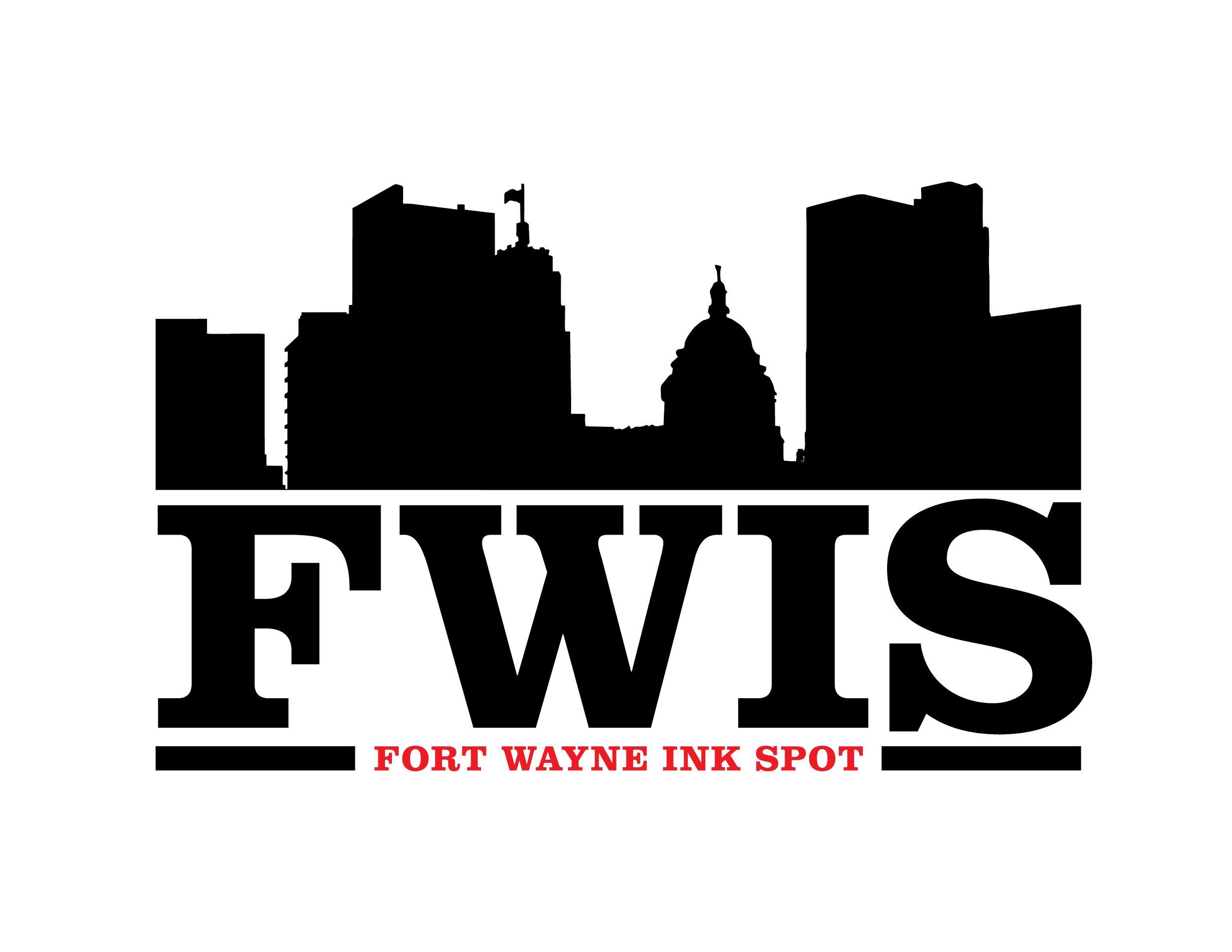In Touch With Good Teaching

By Betty Miller Buttram
FWIS Contributing Writer
In this political season of Super Primaries and the State of the Union Address, I recalled learning about the U.S. Constitution and the structure of the U.S. government that is composed of three distinct branches, the Legislative Branch, the Executive Branch, and the Judicial Branch.
I was a student of Mr. William Simon during my seventh, eighth and ninth grade years. He was my homeroom teacher for all three years. I remember that he always stood at the door of his classroom making sure that all his homeroom students were accounted for in the morning and during dismissal in the afternoon. Those were his administrative duties. His homeroom students would see him at assigned periods for his class during the day throughout the school year. He was a teacher of American History and Civic Education.
When it came to American History, he drilled into us about the Constitution and a lot of teaching on the functions of the three branches of the U.S. Government. The Legislative Branch is made up of the Senate and House of Representatives, called Congress. The role of Congress is to draft proposed laws, confirm or reject federal judges and judges to the Supreme Court and has the authority to declare war. The Executive Branch is the U.S. President, Vice President and Cabinet members approved by the Senate. The Judicial Branch includes the Supreme Court and other federal courts. This branch interprets the law, applies the law, and decides if any laws violate the Constitution. The class was quiet as we tried to process this information into our young brains. This was a seventh grade class, and we had just left elementary school. Mr. Simon stated that if we did not understand what was being taught, that is why there are such things as questions. No questions were asked because we were still in process mode. Mr. Simon kept on teaching.
His most precious assignment to his students was reading the daily newspapers, the weekly, and monthly magazines. He called this part of civic education current events. He would have us read an article and tell what it was all about in our own words. He had us reading newspapers and comprehending what we read. Some of us had a different article when it was time to report; and some of us would read about continuing articles that were capturing public attention. These articles became special projects for some of the students. I decided to read, write, and report about the Little Rock Nine students in Arkansas. My special project took a while because of the turbulence it was causing.
Mr. Simon guided and taught us about the growth of America from the landing of the pilgrims, the American Revolution, the Declaration of Independence, the U.S. Constitution, Emancipation Proclamation, and all that came after that making up the history as it was back in my day. He kept on teaching us about our civic duties and keeping up with current events and then it was time for high school.
During my 10th, 11th, and 12th grade years, I attended a small all-girls high school with an enrollment of 200 students. We were of different cultural backgrounds—White, Black, Hispanic/Latino, about 15 to 18 students per class.
In 10th grade, we had a teacher named Ms. Cecile Akey, who taught social studies which included civic education. There it was again, that study of the many structures of government and the procedures within those structures. Ms. Akey’s focus was on voting rights and how powerful it was for a citizen to have that right. It was September and the General Election was in November.
In 1960, John F. Kennedy and Richard Nixon engaged in four historic debates that were televised for the first time and became American history. Ms. Akey wanted us to understand the Constitution and the three branches of the government. Again, there was the reading of newspapers and other published information about the candidates. We questioned Ms. Akey about why we were doing this because Washington, D.C. was not a state; had no representation in Congress and had three commissioners who controlled the District Government. The D.C. residents had no voting rights. She told us that one day we might be living in a state with voting rights, like Maryland or Virginia, and that we needed to know how to vote and to educate ourselves about the voting system. This became a school project for the next two months because Ms. Akey had declared that the school would have its own Election Day as part of the learning process. The student body and the teachers were on board the voting train.
The entire school population of 200 students campaigned within the school for their candidates. The school cafeteria became the voting place. The students cast their votes on Election Day morning. The teachers did the vote counting. The students went home to watch the General Election play out on the television for that was their assignment. The winner of the School General Election was announced the next school day, the day after the General Election. Some were disappointed that their candidate did not win, but it had been a good teaching lesson.
Mr. William Simon went on later to become the President of the Washington, D.C. Teachers Union. Ms. Cecile Akey retired a few years after her “voting students” graduated.
When the General Election, state, county, and local elections come around, I am always mindful of the teachings of Mr. Simon and Ms. Ackey. History is always a learning process and voting will always be a powerful tool.
